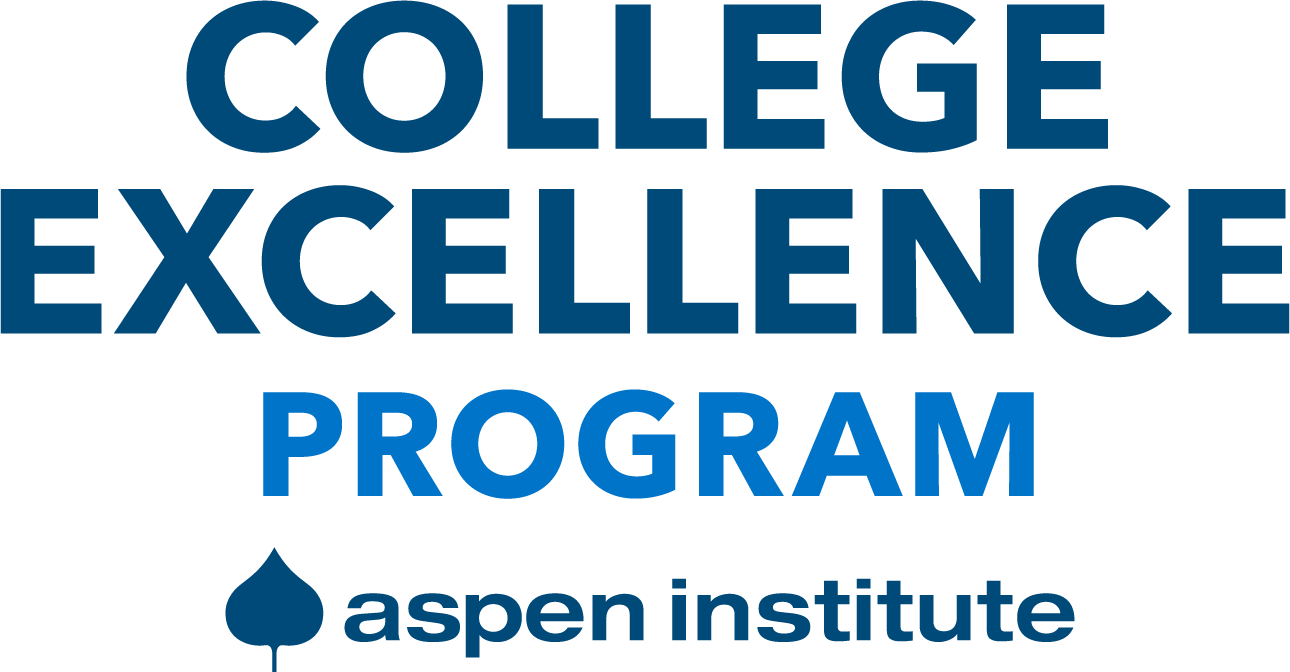
Texas Guided Pathways Teaching & Learning Assessment Tool
The items in this assessment tool reflect strong practices observed through Aspen’s research and direct engagements with excellent community colleges, which we define as those achieving high and improving levels of student success both while in college and after graduation. The assessment tool is organized into several domains of practice emerging from Aspen’s research and prompts users to rate their institution’s adoption of each item within each domain. Once complete, a summary of scores will allow colleges to identify strengths and weaknesses in specific practices aligned to each item and to observe which domains most need improvement.
In this assessment tool, the term “student success” has the following meaning:
- Success in college: Students (1) learn and (2) complete credentials.
- Success after college: Students (1) get good jobs and/or (2) transfer and attain a bachelor’s degree.
Directions: Assess the extent to which your college engages each of the following practices, according to the scoring rubric.
Teaching & Learning Assessment Inquiry Guide
This guide aims to help community college leaders craft and review strategic priorities to improve teaching practices and student learning outcomes. The guide’s prompts and questions are designed to be considered alongside (1) data gathered by the college on outcomes related to faculty teaching and student learning and (2) a summary of responses to Aspen’s teaching and learning assessment tool, built on research about effective practices in the field. While we anticipate users of this guide will gather additional quantitative and qualitative information, the data and assessment responses—together with this guide—will support leaders in developing specific areas for improvement.
Teaching & Learning Assessment Inquiry Questions
Where do you see stronger and weaker outcomes in your teaching and learning data? Where are the largest differences in outcomes among student groups? What is improving and what is not?
Where are your teaching and learning assessment results strongest and weakest?
- In establishing a vision for teaching excellence that guides your professional development investments, faculty hiring, and data analyses?
- In faculty hiring and onboarding that build a cohort of instructors committed to excellent teaching and learning, and to continuous improvement of their student learning outcomes?
- In faculty development efforts that lead to continuous improvement of teaching and learning and that intervene when faculty members are off track?
- In faculty review and evaluation that are clearly connected to the college’s teaching and learning objectives and reform agenda?
How are your teaching and learning data and assessment results connected?
- Where are your teaching and learning outcomes the strongest? Is there anything in your assessment results that explains those strengths?
- Where are your teaching and learning outcomes weakest? Is there anything in your assessment results that might explain those weaker outcomes? Among areas of relative weaknesses, what seems most important to address?
How do you ensure your teaching and learning reform strategies align with goals to ensure students’ post-graduation success in the labor market and in transfer to a four-year institution?
- For each program of study, what are the most important areas of knowledge and skills the program needs to deliver to ensure post-graduation success? How do you remain current on changes to those areas?
- What data and qualitative information do you collect from employers and four-year partners to understand whether your students have the knowledge and skills they need after graduation? How often do you discuss such data? What are the outcomes from those discussions? How could you improve the feedback loops with employers and university partners?
How are faculty members more broadly engaged with teaching and learning goals and student success goals?
- What data do you regularly share with faculty about their student course completion outcomes? About their students’ learning outcomes at the course and program levels? How often do faculty members use those data to improve their teaching?
- How do you recognize and celebrate excellence in teaching and learning at your institution? How could you use that recognition to scale your most successful teaching strategies or your most important teaching and learning reforms?
Next Steps
- What are the 1-5 most important things you have uncovered about your teaching and learning data? What do you most want to improve?
- What are the 1-5 most important things you have uncovered about teaching and learning practices from your assessment tool and the above inquiry questions? Among the areas of weakness, what few changes would make the biggest positive difference?
- What immediate next steps can you take to ensure action on these lessons learned?
Teaching & Learning Assessment Data Queries
Course completion rate: What is your college’s overall course completion rate? How has it changed over time? How does this rate vary by student demographic? How does it vary by program and discipline? How does it vary by individual course and faculty member?
Sequential course success: What percentage of students successfully pass a second course in a course sequence at your college (e.g., intro to econ, macro econ, micro econ)? In which programs are students most likely to pass a sequence? In which are they least likely to pass? Does success in subsequent courses vary by which faculty taught the prior course?
Applied learning participation: What percentage of students participate in high-quality experiential or applied learning? How does this vary by student demographic? By program of study?
Course and program learning outcomes assessment: Which programs excel in helping students achieve program learning outcomes? Which programs are least likely to meet learning outcomes? For each program, are there specific courses that are most and least likely to achieve learning outcomes? How does this relate to course completion rates?
GPA after transfer: Are students succeeding after they transfer to four-year institutions? How does that compare to students who transferred from other colleges? To students who started at the same four-year schools as freshmen? How does this vary by student demographic? By four-year school? By major?
